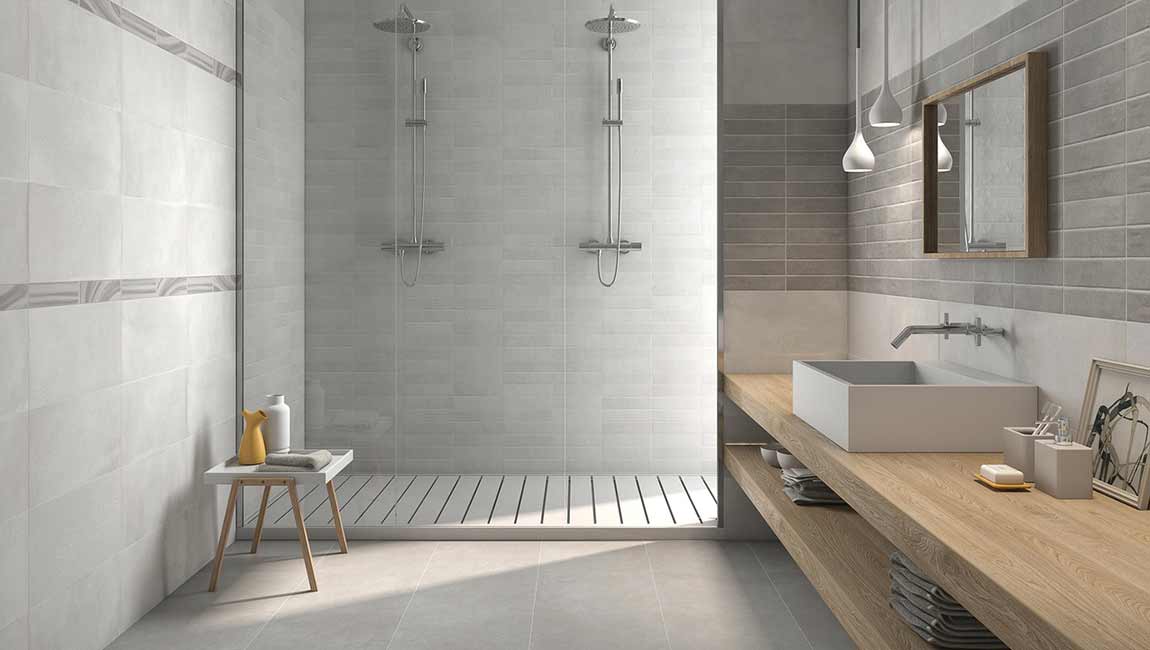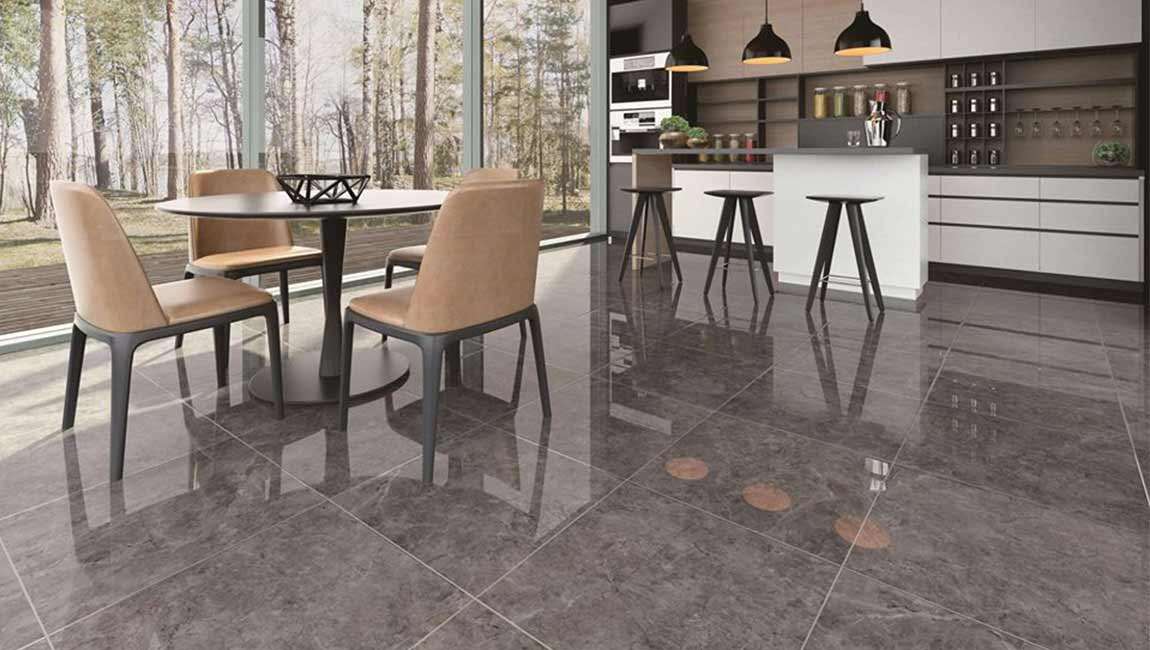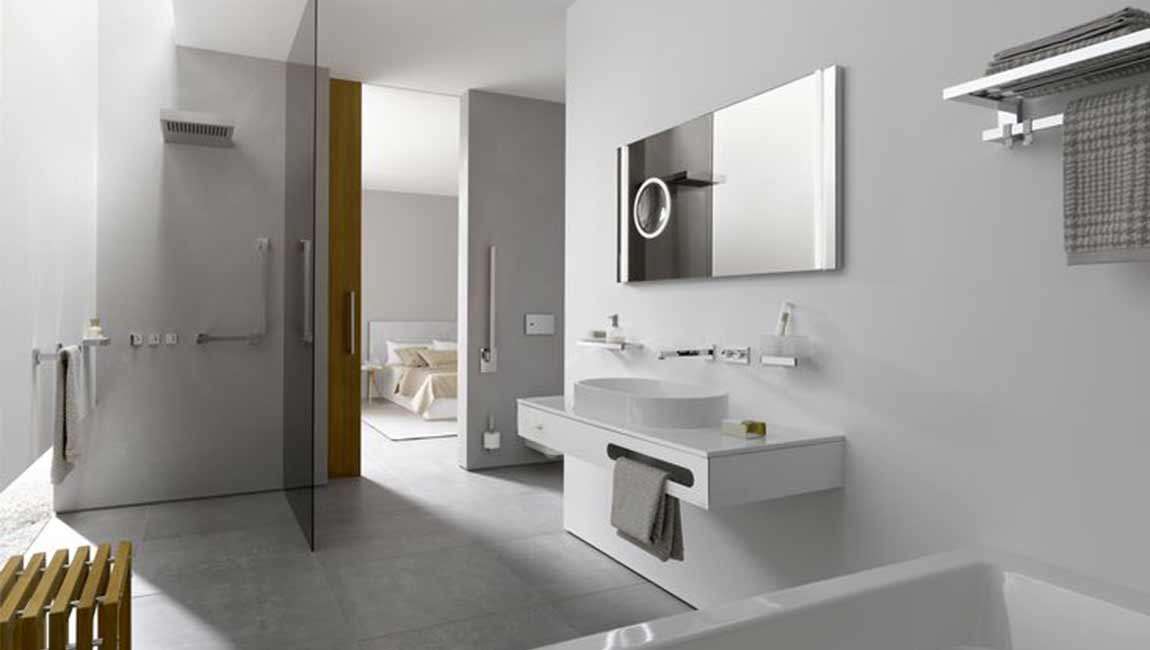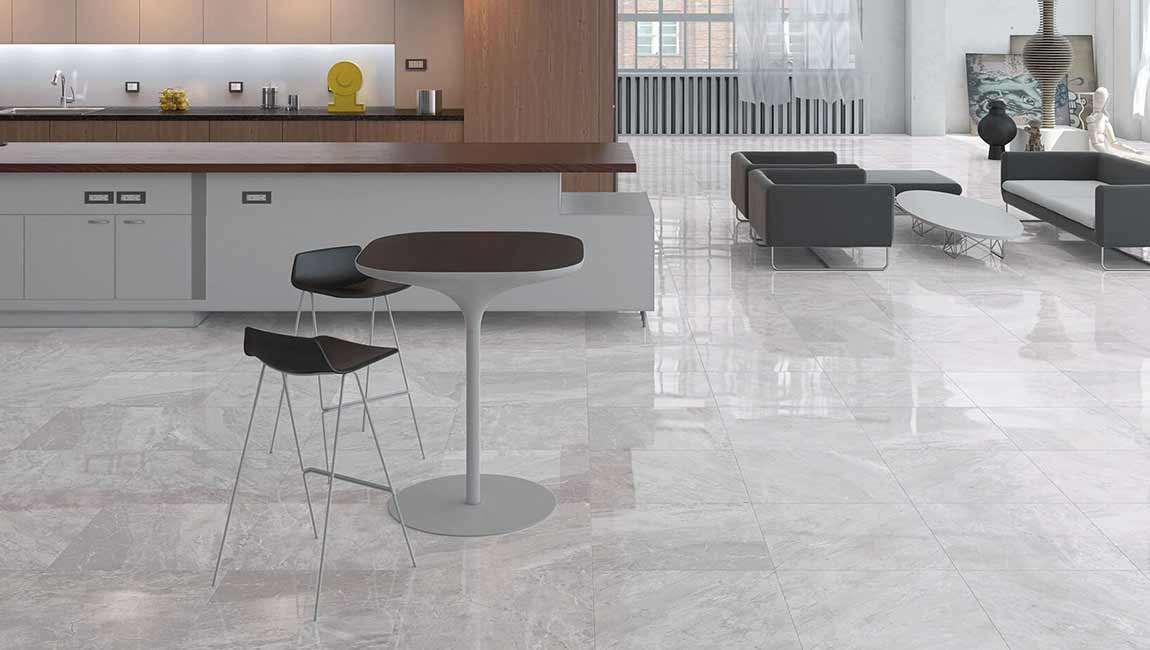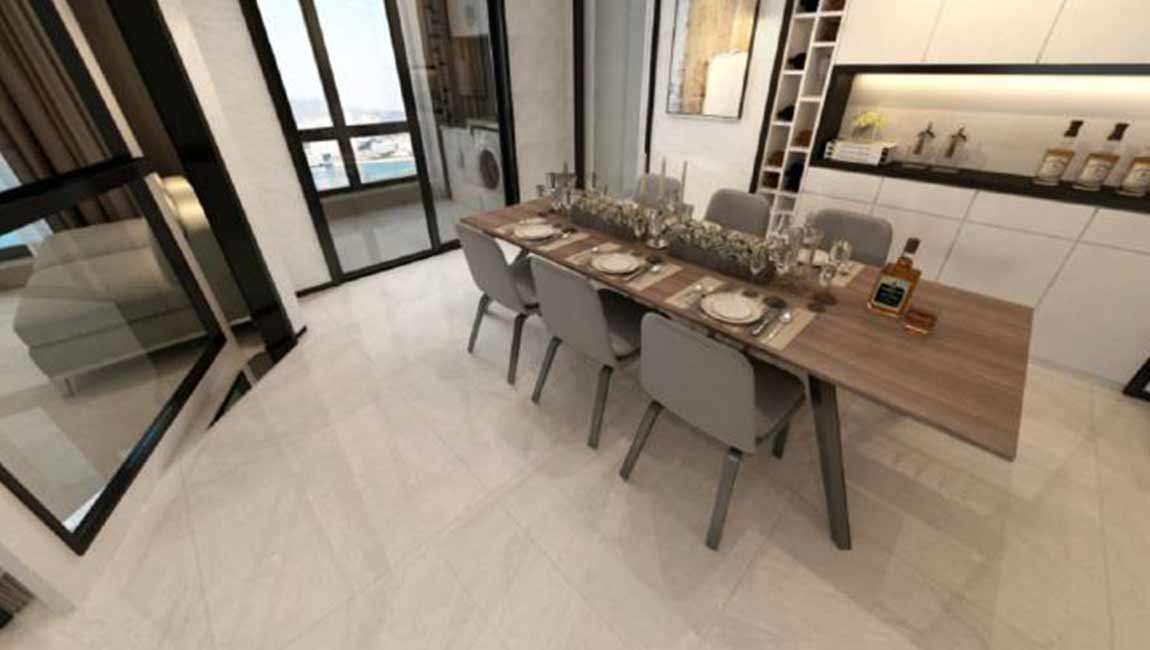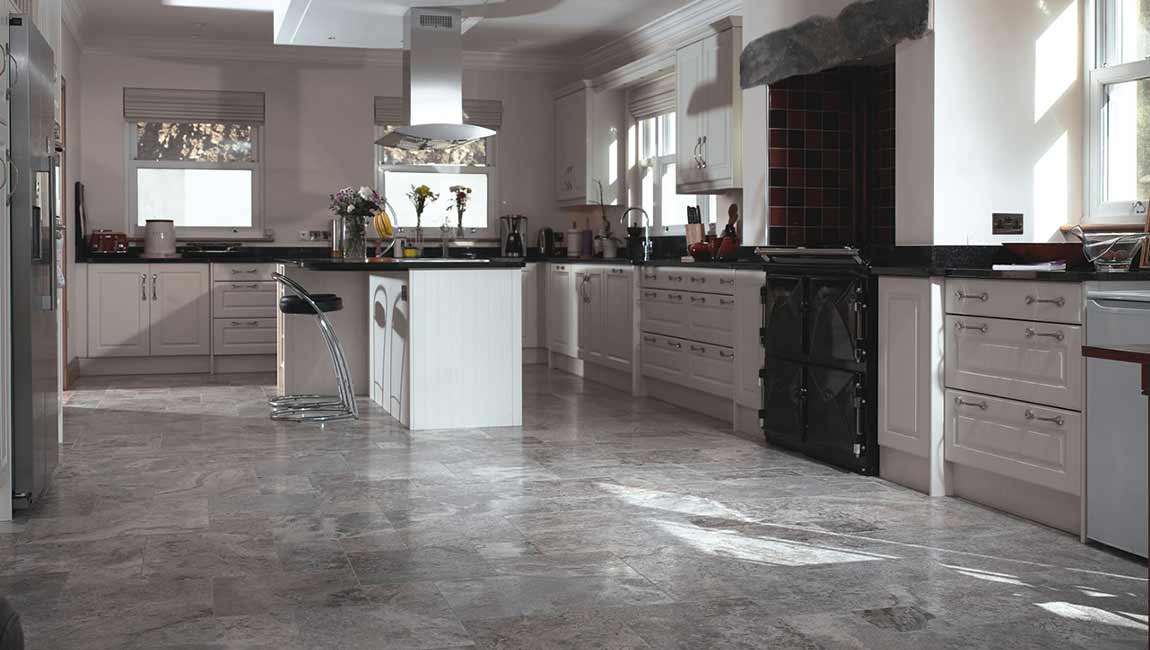How to Applying Grout to the Tiles?
Remove the spacers before you apply grout. While the thinset adhesive is still slightly wet, pull the spacers out from between the floor tiles. This should be about 1.5 hours after you applied the adhesive and added the spacers. Make sure you collect all of the spacers before you start the next phase of tiling.
If you leave the spacers in the adhesive for too long, they can become stuck. Adhesive dries and sets quickly compared to grout, so you may only need to wait about an hour, depending on the brand of adhesive you used.
If your marble tiles came with spacers on them, you should still be able to pull them out of the adhesive. However, some of the spacers are permanent and meant to be left on the wall and covered with grout. Check the packaging for the polished tiles to see if you can remove them.
Mix the grout and apply it to sections of the wall. Grout fills in the space between each tile, protecting and securing them onto the wall. Choose a grout that matches your cement tiles and color scheme, and mix it according to the package directions. About 15 minutes after you remove the spacers, use a grout float to spread it over one section of the wall before moving on to the next section.
The grout will cover up the tiles completely, but don’t worry. You’ll wipe away the grout from the surface of the tiles design once it begins to dry. It’s especially important to work in sections if you’re grouting a larger wall. This will prevent the grout from drying too much before you get the chance to wipe it off.
Use a wet sponge to wipe the grout off of the wall tiles after 30 minutes. Set a timer after you finish the first section, and set another after you finish the second section. Once the timer goes off, dip a sponge in water and wring it out, then wipe it over the first section to remove most of the grout from the tiles.
After you finish the first section, wait for the second timer to go off so you can wipe the grout off of that section as well. Try to work with only 2-3 sections at a time to prevent yourself from getting confused.
Go over the tiles with a dry sponge after an hour to remove haze from the grout. Let the grout dry further after you wipe it off of the ceramic tiles. Then, take a dry sponge and rub it over the tile size surface to ensure that each tile is clean and doesn’t have any grout residue on it. If you can still see a film of residue, apply a tile cleaning solution over the tiles after letting it dry for an additional hour.
Apply a sealer to block out moisture. Follow the directions with the sealer to apply it correctly to the wood tiles wall with a brush, sponge, or sprayer. Make sure all of the tiles are coated, including corner and edge tiles. Let it dry for 6-8 hours before getting the tiles wet.
If you want to test that the sealer worked, put a drop of water on a sealed polished porcelain tiles to see if the water beads up. If it does, the sealer worked. If not, make sure the sealer isn’t expired and apply another coat. Let it dry for an additional 6 hours before retesting.





